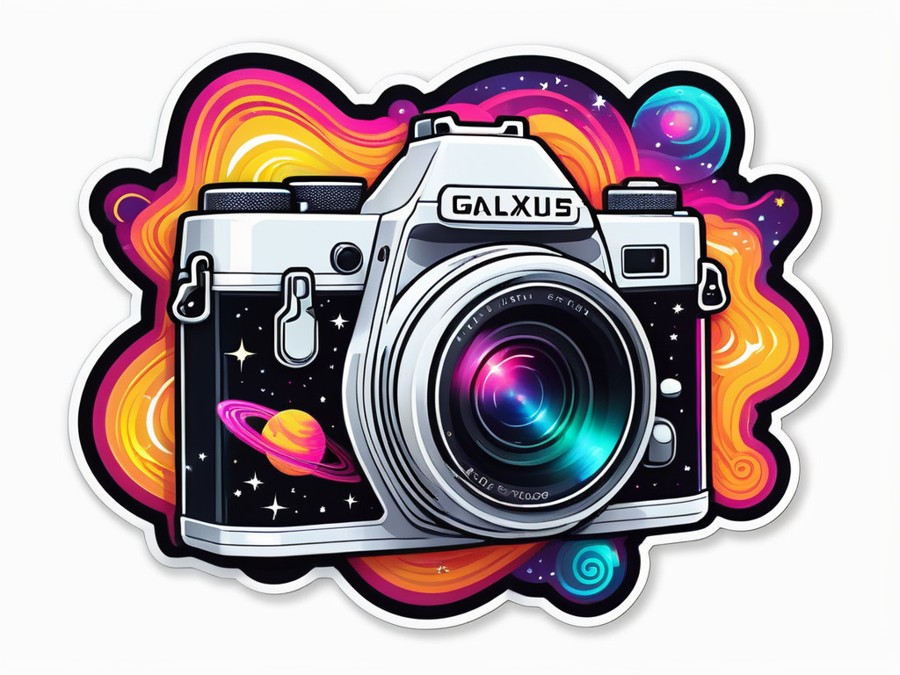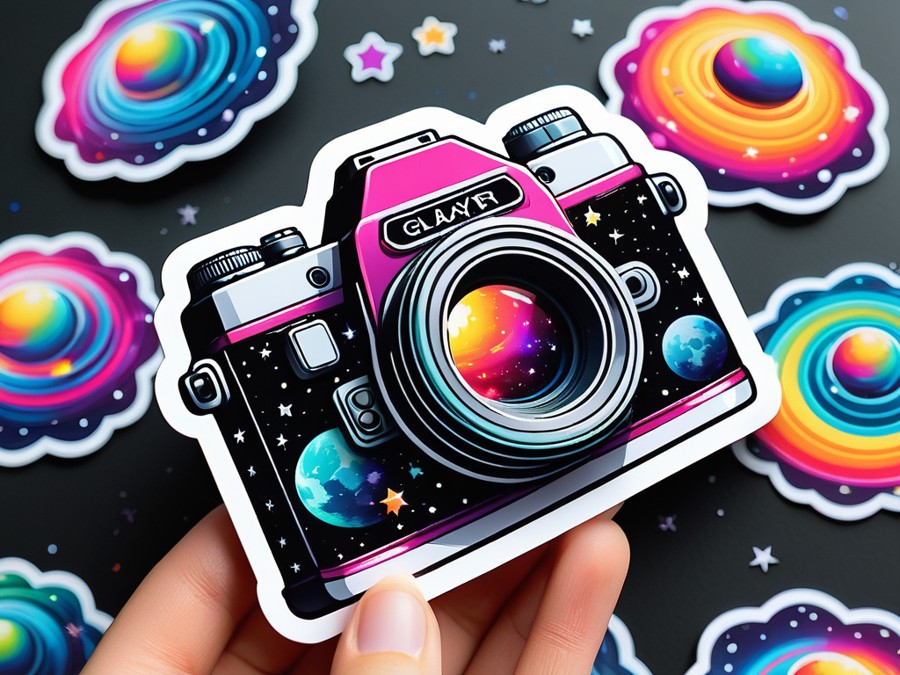· Charlotte Will · Photography Techniques · 6 min read
Mastering Low-Light Photography with Mirrorless Cameras
This article contains affiliate links, which means that if you click on one of the product links and make a purchase, we may receive a small commission at no additional cost to you. We only recommend products and services that we believe in and think will add value to our readers.
Master low-light photography techniques using mirrorless cameras. Learn essential tips and tricks to capture stunning images in any lighting condition.

Low-light photography is a challenging yet rewarding endeavor that can transform ordinary scenes into extraordinary images. Mastering this skill with mirrorless cameras requires a blend of technical know-how and creative vision. In this article, we will delve into the intricacies of low-light photography, explore common challenges, and discuss how the right lens can make all the difference.
Introduction to Low-Light Photography Challenges
Shooting in low light can be daunting. The lack of natural or artificial light often results in grainy, blurry images that fail to capture the essence of the moment. Understanding exposure settings, ISO sensitivity, and aperture control is crucial for achieving crisp, well-lit photos.
Common Problems in Low-Light Photography
Noise and Grain
One of the most significant issues in low-light photography is noise. As you increase the ISO to compensate for low light, the image can become grainy and lose detail. This is particularly problematic with entry-level cameras that may not handle high ISO values as well as professional models.
Blurry Images
Low light often necessitates slower shutter speeds, which can lead to motion blur if the subject or camera moves during the exposure. This is especially challenging when shooting handheld without a tripod.
Underexposed Shots
Balancing the exposure in low light can be tricky. It’s easy to underexpose the shot, resulting in a dark image that lacks the desired detail and contrast.
Introducing the Panasonic LUMIX G Lens, 25mm, F1.7 ASPH
To overcome these challenges, the Panasonic LUMIX G Lens, 25mm, F1.7 ASPH is a game-changer for mirrorless camera users. This lens offers exceptional low-light performance, making it an ideal companion for capturing stunning images in dimly lit environments.

You can purchase this lens here.
Pros and Cons of the Panasonic LUMIX G Lens, 25mm, F1.7 ASPH
Pros
- Exceptional Low-Light Performance: The F1.7 aperture allows for more light to enter the sensor, reducing noise and grain in low-light conditions.
- Compact Design: This lens is perfect for travel and street photography, offering high performance in a compact form factor.
- Fast Autofocus: The lens features quick and accurate autofocus, ensuring you never miss a shot.
Cons
- Limited Zoom Range: As a prime lens, it lacks the versatility of zoom lenses.
- Price: While offering excellent quality, it may be pricier compared to some other options.
- Compatibility: Ensure your camera is compatible with Micro Four Thirds mount before purchasing.
Who Benefits from This Lens?
Street Photographers
Street photographers often work in varied lighting conditions. The Panasonic LUMIX G Lens, 25mm, F1.7 ASPH allows for capturing candid moments with minimal noise and blur.
Travel Photographers
Travel photographers need versatile gear that can handle different lighting scenarios. This lens is compact and delivers high-quality images in low light, making it an excellent choice for travel.
Event Photographers
Event photographers frequently encounter low-light situations, such as indoor weddings or concerts. This lens ensures sharp, well-exposed images even in challenging lighting conditions.
Best Scenarios for Using the Panasonic LUMIX G Lens, 25mm, F1.7 ASPH
Indoor Portraits
Shooting indoors often means dealing with low light. This lens excels in capturing detailed portraits without the need for excessive flash or high ISO settings.
Nighttime Cityscapes
Nighttime cityscapes can be breathtaking, but capturing them requires a lens that handles low light well. The Panasonic LUMIX G Lens, 25mm, F1.7 ASPH is perfect for these scenarios.
Low-Light Landscapes
Landscape photography at dawn or dusk can be challenging due to low light. This lens ensures you capture the beauty of these moments with clarity and detail.
Step-by-Step Instructions for Using the Lens in Low Light
- Set Aperture to F1.7: Open the aperture to its widest setting to allow maximum light into the sensor.
- Adjust ISO: Start with a low ISO (e.g., 400) and gradually increase it if necessary to achieve the desired exposure without introducing too much noise.
- Use a Tripod: For steady shots, especially in very low light, use a tripod to avoid camera shake.
- Experiment with Shutter Speed: Balance the shutter speed to capture motion without introducing blur.
- Review and Adjust: Continuously review your shots and adjust settings as needed to achieve the best results.
Quick Takeaways
- Mastering low-light photography requires understanding exposure settings and using the right gear.
- The Panasonic LUMIX G Lens, 25mm, F1.7 ASPH is ideal for low-light conditions.
- Balancing ISO, aperture, and shutter speed is key to capturing clear images in low light.
- Investing in a quality lens can significantly improve your low-light photography skills.
- Practice and experimentation are essential for mastering this challenging yet rewarding genre.
Conclusion
Mastering low-light photography with mirrorless cameras is a journey that combines technical skill and creative vision. By understanding the challenges and leveraging the right tools, such as the Panasonic LUMIX G Lens, 25mm, F1.7 ASPH, you can capture stunning images even in the most demanding conditions. Embrace the art of low-light photography and let your creativity shine through every shot.
FAQs
What is the best ISO setting for low-light photography?
The ideal ISO setting depends on your camera’s capabilities and the specific lighting conditions. Start with a low ISO (e.g., 400) and increase it as needed to achieve the desired exposure without introducing excessive noise.
How does aperture affect low-light photography?
A wider aperture (lower f-number) allows more light to enter the sensor, which is crucial for low-light photography. However, it also reduces depth of field, so you need to balance this with your composition and desired effect.
Can I use a tripod for low-light photography?
Yes, using a tripod is highly recommended for low-light photography. It helps to stabilize the camera and avoid blur, especially when using slower shutter speeds.
What are some tips for reducing noise in low-light photos?
To reduce noise, start with a lower ISO and gradually increase it as needed. Use a lens with a wide aperture, and consider using noise reduction software during post-processing.
How does the Panasonic LUMIX G Lens, 25mm, F1.7 ASPH compare to other lenses for low-light photography?
The Panasonic LUMIX G Lens, 25mm, F1.7 ASPH offers exceptional low-light performance due to its wide aperture and fast autofocus. While other lenses may offer different features, this lens is specifically designed for superior performance in low-light conditions.
Engaging Question
What are some creative techniques for capturing low-light images with a mirrorless camera?
Share your favorite tips and tricks for mastering low-light photography with a mirrorless camera. Your insights could inspire others to capture stunning images in challenging conditions. Don’t forget to share your best low-light photos on social media using #MasteringLowLightPhotography!




